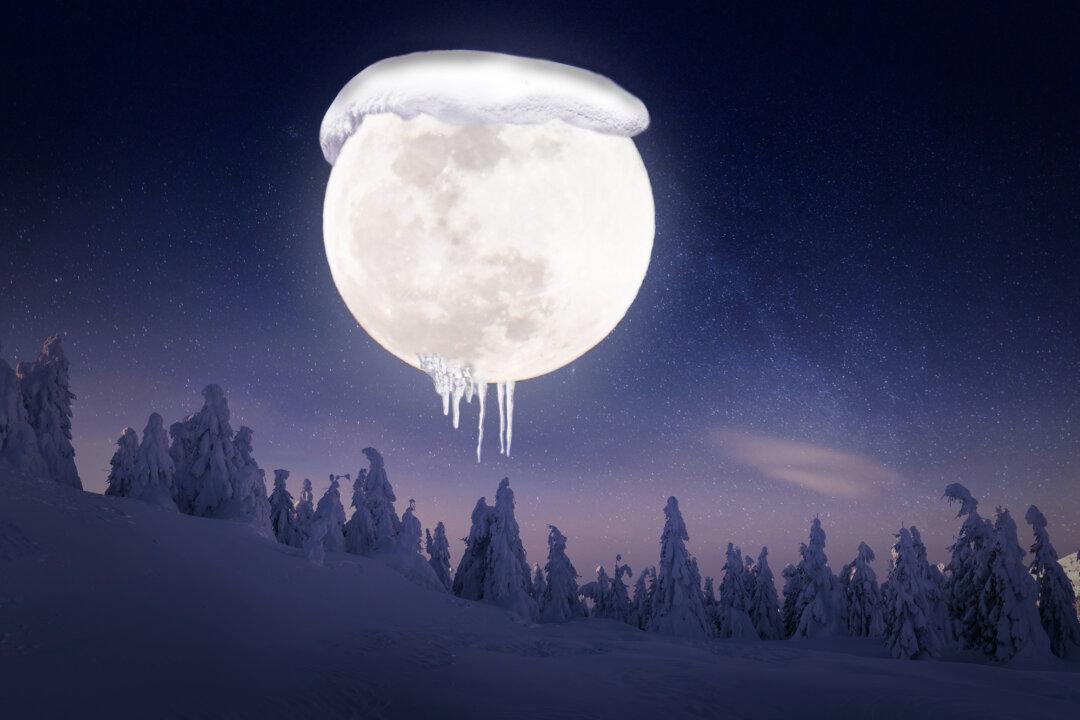If January’s Cold Moon succeeded in reminding us of what season we’re in, February’s upcoming full moon has another apt moniker: Snow Moon.
The Snow Moon–the first full moon of February 2025, occurs on Feb. 12 at exactly 8:53 a.m. EST.

If January’s Cold Moon succeeded in reminding us of what season we’re in, February’s upcoming full moon has another apt moniker: Snow Moon.
The Snow Moon–the first full moon of February 2025, occurs on Feb. 12 at exactly 8:53 a.m. EST.